This was once one of ancient Israel’s most powerful cities
Gezer used to be a major city. Some 3,000 years ago, this settlement – situated between Tel Aviv and Jerusalem – was considered one of the main regional cities, along with Jerusalem and Beit She’an.

Twenty-five layers of habitation have been found here during decades of archaeological excavations. Its earliest structures were built about 5,500 years ago.
The Bible recounts how the king of Egypt “had taken Gezer and burnt it with fire,” giving it as a loving wedding gift to his daughter who married King Solomon (1 Kings 9:16). Solomon subsequently rebuilt the city.
There is always a crucial question when it comes to ancient sites: what can we see there today? Are these just piles of “important” ruins, or can you actually enjoy the place and is it interesting?
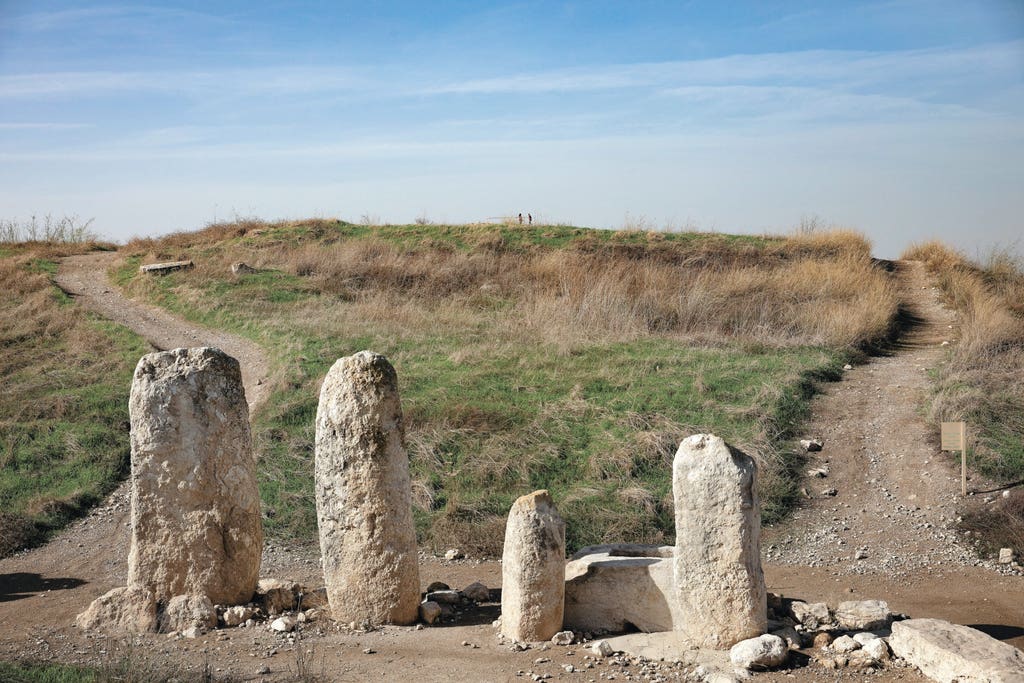
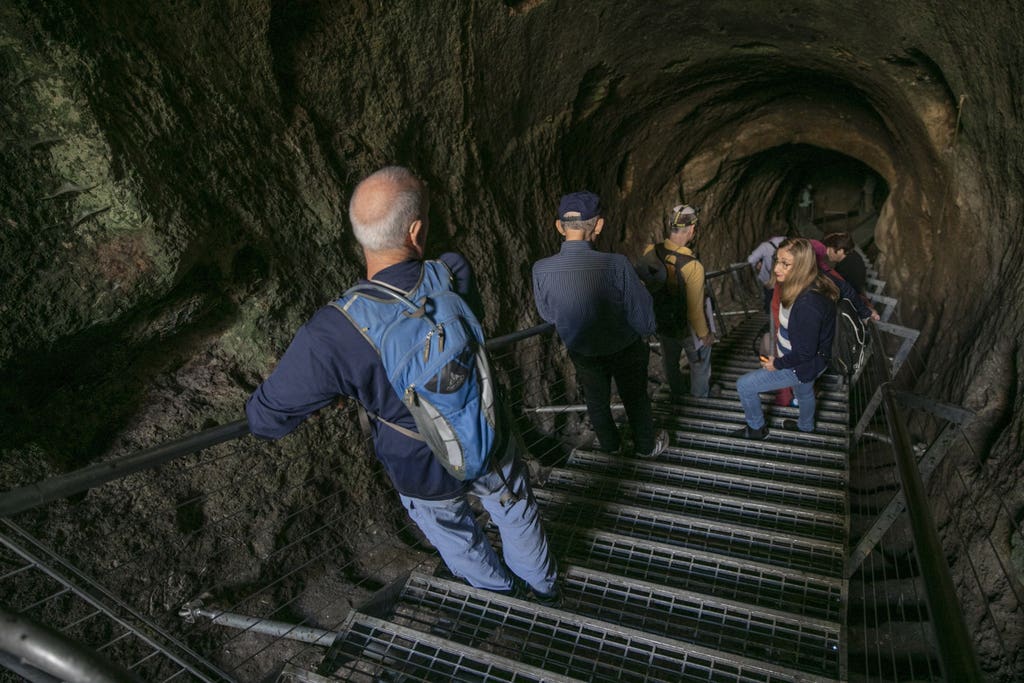
With Gezer, the answer is a resounding yes – especially now its ancient water system is open to the public.
The residents of Gezer dug out this water system 3,600 years ago in order to reach groundwater. It’s the largest Canaanite water system ever discovered, established around 600 years before the presumed reign of King Solomon.
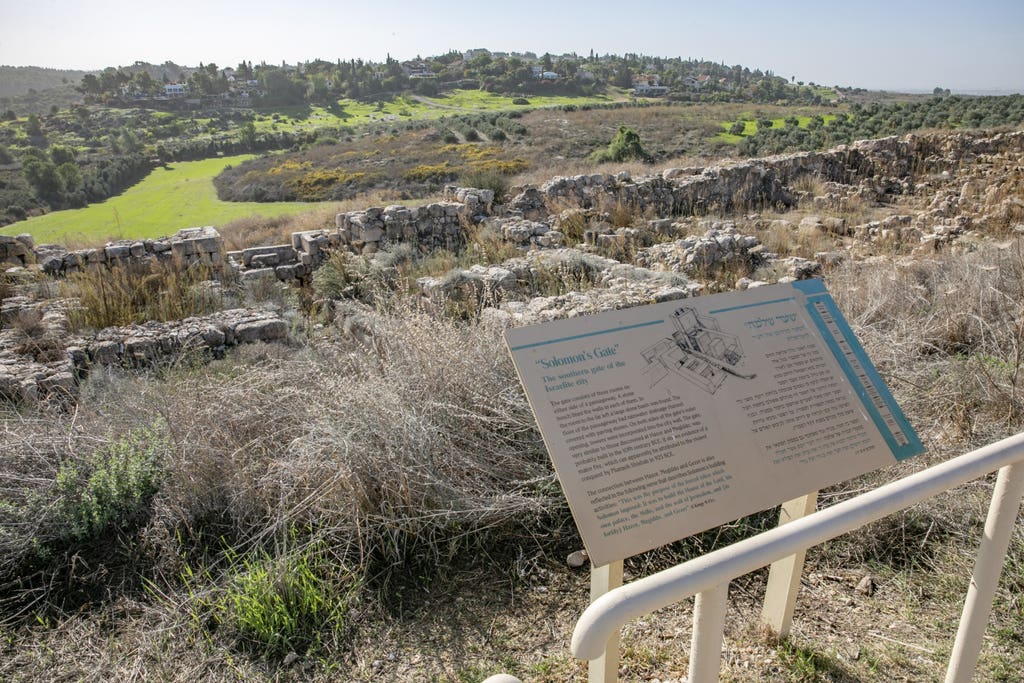
The first person to find it was the Irish archaeologist Robert Macalister, in the early 20th century. That excavation also yielded the Gezer calendar – one of the earliest Hebrew inscriptions, which is now on show in an Istanbul museum.
The water system was blocked over the years and only recently excavated. A new stairwell has been installed, allowing us to look and be amazed.
The system is 90 meters long and 7 meters high (295 x 23 feet), and groundwater is used to accumulate at the bottom, at a depth of some 40 meters. This pool is currently dry (you should bring a flashlight when visiting).
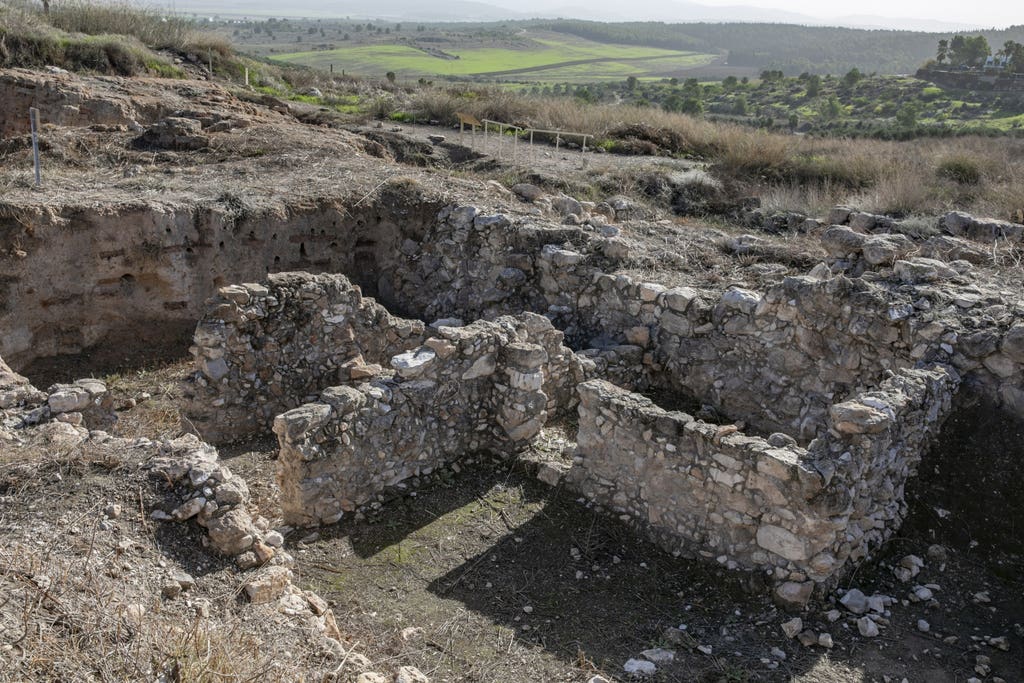
The water system is not the only attraction. There is also a Canaanite gate that served as the entryway into the city, flanked by a high guard tower.
These are the largest such fortifications found in Israel to date.
On the eastern side is Solomon’s Gate and the Canaanite steles, an area used for worshipping that features a stone basin and 10 huge stone monuments. The western end of the site boasts large jujube (Ziziphus) tree, providing pleasant shade.
Tel Gezer offers several wonderful observation points, allowing you to gaze over the green fields and beautiful vineyards surrounding the moshav of Karmei Yosef.
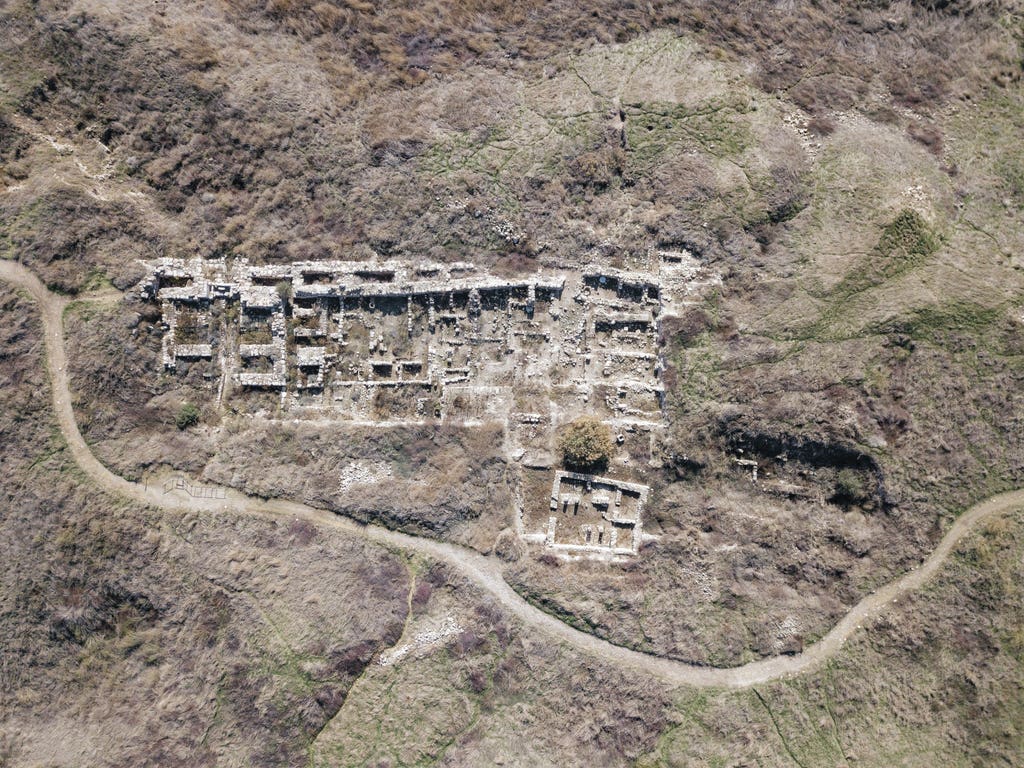
The western side also features the tomb of Sheikh Mohammed al-Ghazali. Up until 1948, 1,000 residents of the Arab village of Abu Shusha lived next to the archaeological mound.
They grew cereals and fruit trees. The village’s houses were all destroyed when the village was conquered during the War of Independence.
Spring can be found southeast of the site with a memorial honouring Itay Steinberger from Karmei Yosef, who fell during the Second Lebanon War in 2006.





